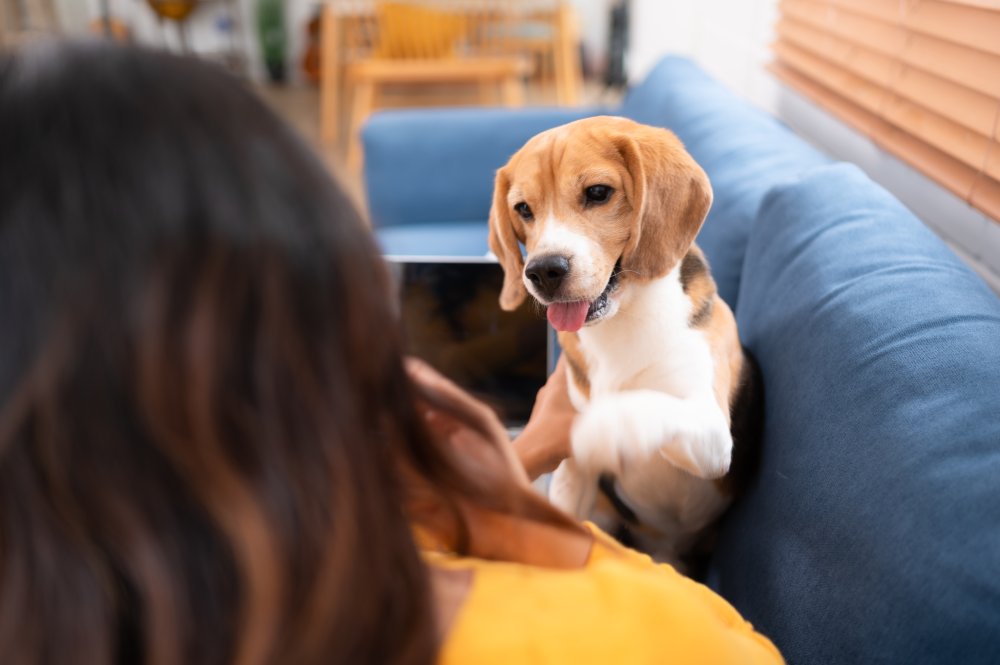When you think of puppy training, do you imagine structured obedience drills—or wild puppy playtime? The truth is, both are essential. Striking the right balance between play vs learning in puppy training isn’t just about making sessions fun; it’s about maximizing your puppy’s development during a critical learning window.
At Innovative K9 Academy, we design our puppy programs to nurture discipline and joy in equal measure. Here’s how you can do the same at home or when choosing a training program.
Why Both Play and Learning Matter in Puppy Development
Puppies are curious, energetic, and eager to explore the world. During the first 6 months of life, their brains are especially plastic—meaning they’re wired to absorb new information, test boundaries, and build associations. That’s great news for training, but it also means you need to be thoughtful about what your puppy is learning during both structured lessons and downtime.
Play isn’t a break from learning; it is learning. But without boundaries, play can also reinforce bad habits like rough mouthing, jumping, or ignoring commands. That’s why intentional balance is key.
What Learning Looks Like in Puppy School
Puppy learning often focuses on basic obedience, like:
- Sit, stay, down, and come
- Crate training
- Leash walking
- Name recognition and engagement
- Confidence-building exercises
But beyond these commands, puppies also learn how to focus around distractions, respond to guidance, and develop impulse control. Learning sessions are typically short—5 to 15 minutes max—and often sprinkled throughout the day to match a puppy’s short attention span.
What Healthy Play Looks Like
Not all play is equal. Healthy, supervised play helps puppies:
- Learn bite inhibition and social cues
- Burn off excess energy (which improves focus later)
- Build confidence through fun and novelty
- Develop positive associations with new people and dogs
Play can be structured (like tug with rules) or free-form (like supervised group puppy play). The key is ensuring it’s safe, positive, and not too overstimulating.
Signs You’ve Struck the Right Balance
A well-balanced training plan will leave your puppy:
- Mentally satisfied without being overwhelmed
- Calm and able to rest after sessions
- Excited to engage when it’s time to train
- Confident around other dogs and humans
At Innovative K9 Academy, our puppy programs are built to include both guided training sessions and plenty of playful, confidence-building interactions—because well-adjusted dogs need both brains and joy.
Tips for Balancing Play vs Learning in Puppy Training
Here’s how you can bring structure and fun together, whether you’re training at home or in a professional program:
Rotate Training and Play Sessions
Start with a 5-minute lesson, followed by a few minutes of play, then go back to training. This keeps your puppy engaged without burning out.
Use Play as a Reward
Don’t just rely on treats. Let your pup know that listening earns a fun game of tug or a short round of fetch. This keeps motivation high and sessions positive.
Schedule Downtime
Overdoing it can lead to overstimulation and crankiness. Puppies need naps just like toddlers do. After play or training, allow time for rest.
Supervise Puppy Play with Intention
Watch for body language. If play gets too rough or one puppy is overwhelmed, it’s time to pause. Calm play teaches boundaries—chaotic play can do the opposite.
Choose a Program That Offers Both
When selecting a puppy training program, ask how much time is spent in structured learning vs. socialization and play. A thoughtful mix is critical to raising a balanced dog.
Conclusion
Balancing play and learning in puppy training isn’t just smart—it’s essential. The most successful puppies grow up knowing how to follow cues and enjoy life’s joyful moments, all while feeling secure and well-adjusted.
If you’re looking for expert guidance that brings both sides together, explore our proven programs for puppy training at Innovative K9 Academy. We believe every great dog starts with equal parts structure and play.

